The Neurology Residency programs’ goal are to train master clinicians in neurology. The residencies differ from many neurology training programs in that the curriculum emphasizes outpatient neurology as much as hospital-based rotations. Residents learn by seeing patients, which means that residents run the ward teams and rounds as well as evaluate and care for outpatients.
Now is an exciting time to join the training programs, as it has a full cohort of 40 residents to match the growing health care ecosystem and new learning opportunities at Ascension Seton and Dell Med.
In addition to a strong, foundational clinical experience, training includes a robust educational curriculum.
Clinical Components
The curriculum provides rigorous training in the diagnostic approach and management of all areas of neurology in both inpatient and outpatient settings, including important rotations in community-based clinics. All residents are encouraged to develop research and quality improvement projects early in their training. In all years, the program strives to foster an open, dynamic learning environment that encourages discussion and debate. Each rotation block lasts two weeks with many outpatient blocks scheduled for back-to-back blocks to improve continuity. The program has no 24-hour call.
The program fulfills the Accreditation Council for Graduate Medical Education requirements of:
- 18 months: Clinical adult neurology
- 6 months: Adult neurology, inpatient
- 6 months: Adult neurology, outpatient
- 3 months: Elective
- 3 months: Child neurology
- 1 month: Psychiatry
- ½ day per week: Continuity clinic neuroimaging experience
- Critical care unit/emergency department experience including acute neurosurgical management
The internal medicine year of both programs are identical and geared toward providing a solid foundation in clinical practice and management of general medical problems in both hospitalized and ambulatory adult patients. The intern year is set up in a 4+1 schedule, meaning residents spend four weeks on an inpatient schedule at Dell Seton Medical Center with some rotations at Ascension Seton Medical Center Austin, followed by one week of clinic. Neurology residents have a similar schedule to other preliminary year interns at Dell Medical School with the exception of a four-week neurology block replacing an ICU block. This allows residents to get early exposure to neurology on the wards. Clinic weeks at Central Texas Veterans Health Care System consist of urgent care, specialty care and primary care of an adult population.
At both the Dell Seton and Ascension Seton programs, first-year neurology residents are introduced to the basic clinical and scholarly experiences upon which the rest of their training is based. Residents build upon their undergraduate medical education and intern knowledge base and competencies to learn how to obtain an accurate neurological history and perform and interpret a neurological examination. PGY-2 residents develop thoughtful patient assessments and management plans to include electroencephalographys, lumbar punctures and CT and MRI imaging of the brain and spinal cord. They learn how to evaluate and treat both common outpatient problems (headache, dizziness, neck and back pain, peripheral neuropathies) and neurological emergencies (coma and mental status changes, stroke, seizures).
Throughout their first neurology year, PGY-2 residents continue to develop and improve their written and oral communication skills. They also develop focused sign-out skills to facilitate continuity of care. They establish a framework of understanding of neurology practice that incorporates issues of patient advocacy, preventive health care, clinical ethics and effective cost containment into each aspect of their future experiences.
As they progress, PGY-2 residents promote their scientific inquisitiveness by asking insightful questions, independently seeking knowledge and reading and critiquing medical literature. They expand their neurology knowledge base and acquire initial skills as teachers for medical students as well as patients and their families. They also develop clinical efficiency and begin to manage the ward team to prepare for their subsequent years as proper supervisors of lower-level residents.
On the inpatient services, PGY-2 residents hold the pager and are the first to respond to non-urgent and emergent consults or patient-care issues. However, they are always provided robust supervision. There is an in-house night senior for the first four months of the year, during which every PGY-2 resident has the opportunity for direct observation and feedback. Subsequent to this, the senior resident and attending are available by phone and staff each consult. This graded approach with increasing independence is critical to balance both patient safety and foster growth of our residents. There is dedicated staff for the neurocritical care unit 24/7, so junior residents are not expected to manage these patients overnight.
At both the Dell Seton and Ascension Seton programs, the second year of neurology training builds upon the skill and knowledge base established in the first year and uses evidence-based medicine to enhance patient care and self-improvement. Over the year, PGY-3 residents refine their clinical assessment skills as well as perfect their history-taking and neurological-examination skills for infants and children. Adult neurology residents spend a total of three months over PGY-3 and PGY-4 working with the child neurology faculty members who oversee inpatient child neurology consultations and outpatient clinical assessments. They also broaden the scope and complexity of the health care problems they address to include multiple sclerosis, neuromuscular disease, dementia, central nervous system infections, tumors of the nervous system, Parkinson’s disease and other movement disorders. PGY-3 residents are exposed to in-depth experiences in a variety of subspecialty areas, including EEG, electromyography, neuroradiology and neuropathology.
PGY-3 residents show an increasing ability to practice medicine independently and begin functioning in an effective supervisory role toward lower-level residents. They enhance their teaching role at the bedside and expand their teaching efforts in the conference room. They learn to develop effective group-teaching sessions and to efficiently use available teaching materials and literary resources. Via exposure to a large number of neurological experiences, PGY-3 residents begin to focus their career-planning deliberations through discussions with faculty members and mentors and successfully develop or confirm their future practice interests. As mid-level trainees, PGY-3 residents affirm their role as trusted patient advocates, preventive health care providers and ethical, cost-effective practitioners.
Both PGY-3 and PGY-4 residents serve as seniors on various inpatient teams: both vascular and non-vascular services at Dell Seton Medical Center and Ascension Seton Medical Center as well as the neurocritical care service at Dell Seton Medical Center. All of these teams act as traditional teaching services, although each service exposes residents to different patient populations and workflows. For example, Ascension Seton Medical Center gives residents exposure to pure consultative neurology whereas the Dell Seton Medical Center services are a hybrid of both primary neurology patients and consults. Both hospitals serve as referral centers to the community, but each has their own expertise. Residents might expect to encounter complex cardiac conditions and neurologic complications of obstetrical disease at Ascension Seton Medical Center, whereas at Dell Seton Medical Center they may be more likely to be challenged by patients with complex rheumatologic and infectious diseases.
At both the Dell Seton and Ascension Seton programs, PGY-4 neurology residents continue to expand their knowledge base through core and subspecialty rotations, including psychiatry. As they prepare for the American Board of Psychiatry and Neurology’s certification examination, PGY-4 residents further refine their competence in clinical diagnostic evaluations and technical procedural skills, as well as their patient stabilization and office preparedness abilities. They practice efficiently and effectively with a significant degree of independence in the evaluation and management of patients presenting with a wide variety of inpatient and outpatient neurological disorders in preparation for future practice. They also need to be able to demonstrate level-appropriate leadership, confidence and supervisory capabilities.
As they continue to move closer to their residency commencement, PGY-4 residents assert their preceptorial and group teaching skills as they expand their capacity to critically evaluate medical literature and teach other health care professionals and multiple-level learners in a “round” format. They complete plans for their future careers in general neurology or in additional fellowship training as well as establish successful lifelong learning habits.
New rotations for senior residents include supervisory roles in the neurocritical care unit, a “teaching senior” position where residents coordinate various educational conferences, and additional outpatient offerings such as epilepsy and movement disorder rotations.
Educational Curriculum
Didactics & Conferences
In addition to the rich clinical experience, the program has a robust formal educational curriculum. Lectures are protected time for resident education with pager coverage provided by the attending physicians on the inpatient service. Residents on outpatient rotations are excused from clinical duties so they may attend.
Boot Camp
This lecture series at the end of the PGY-1 year provides new neurology residents with an intensive overview of neurology as well as instruction in evaluation and management of neurological emergencies. This curriculum lays the foundation for a successful transition from PGY-1 to PGY-2. There is also a special neuromuscular bootcamp at the beginning of the year for all residents.
Day,Morning,Noon,Afternoon Monday,Morning report (outpatient case) & stroke huddle,,Didactics lecture Tuesday,Grand rounds,Didactics lecture,Chief rounds Wednesday,Stroke huddle,Didactics lecture,Epilepsy conference Thursday,Morning report (inpatient case),Didactics lecture,Teaching senior didactics Friday,Morning report (inpatient case) and stroke huddle,Didactics lecture,,
Journal club occurs monthly, resident day and other special lectures are held monthly during didactics.
Neurology Core Curriculum
Core curriculum lectures are held on weekdays from 12 to 1 p.m. on Zoom and in-person. Lecture topics fully prepare the residents for the American Academy of Neurology Resident In-Training Exam and American Board of Psychiatry and Neurology board exam. In addition, the yearly curriculum includes lectures on basic neuroscience, principles of research and the business of medicine.
Grand Rounds
Grand rounds are held every Tuesday of the month and are a mandatory, educationally rich conference for neurology faculty members and residents. There are didactic-style presentations on clinical and basic science topics from both internal and external speakers. Continuing Medical Education credit is provided. These lectures are offered both in-person and virtually so that residents and faculty who are at different clinical sites are able to attend.
Journal Club
Journal club is a monthly conference designed to help residents develop skills in critically assessing medical literature and verbally presenting their findings. Attendance is mandatory for all residents. Typically, one to two articles are assigned for discussion and reviewed by residents with a faculty moderator present. Journal club is held during the noon didactic and occasionally special after-hours sessions at local venues or faculty members’ homes.
Stroke Huddle
Three times per week, morning case discussions led by Steven Warach, M.D., are focused on vascular neurology cases. Imaging interpretation, management challenges and evidence-based practice are discussed by a multidisciplinary group including vascular neurology, neuroendovascular specialists and neurocritical care.
GME Lecture Series
The GME Office provides lectures once a month on topics such as ethical issues, professionalism, resident fatigue and other critical subjects. Attendance is mandatory and is tracked by the GME Office.
Chief Rounds
Once a week, residents have the opportunity to turn the tables on a select faculty member. The in-house teaching senior selects an inpatient for the faculty member, not privy to the details of the case, to examine in front of the learners. The faculty member demonstrates on-the-spot clinical reasoning with a focus on history-taking, localization and the clinical method.
Epilepsy Conference
Once a week, epileptologists review cases with the learners with a focus on EEG interpretation and seizure semiology. Discussions can range from basics of EEG to complex surgical planning.
Morning Report
Resident-led morning report occurs three days per week. One day is reserved for an outpatient case. More than 25 faculty and learners tune in to discuss any range of cases that are chosen by the residents. On any given day, there are usually 5-10 faculty tuned in with wide-ranging expertise. This is a lively conference where residents present a case that often leads to fun, academic debates between the faculty members. Both in-person and virtual attendance are offered.
Highlights
Highlights of the program include:
- Close mentorship from the onset of residency to help each resident achieve professional and personal success and wellness
- Master clinicians who provide 1:1 teaching throughout entire residency training
- Global health program opportunities
- Goal for 50:50 balance between outpatient and inpatient clinical responsibilities after intern year
- Fantastic culture that encourages a healthy professional environment and offers ample support and time off work to promote wellness
Training Facilities
Training facilities include Ascension Seton Medical Center Austin, Dell Seton Medical Center teaching hospital, UT Health Austin and multiple outpatient sites for adult neurology, pediatric neurology and psychiatry rotations.
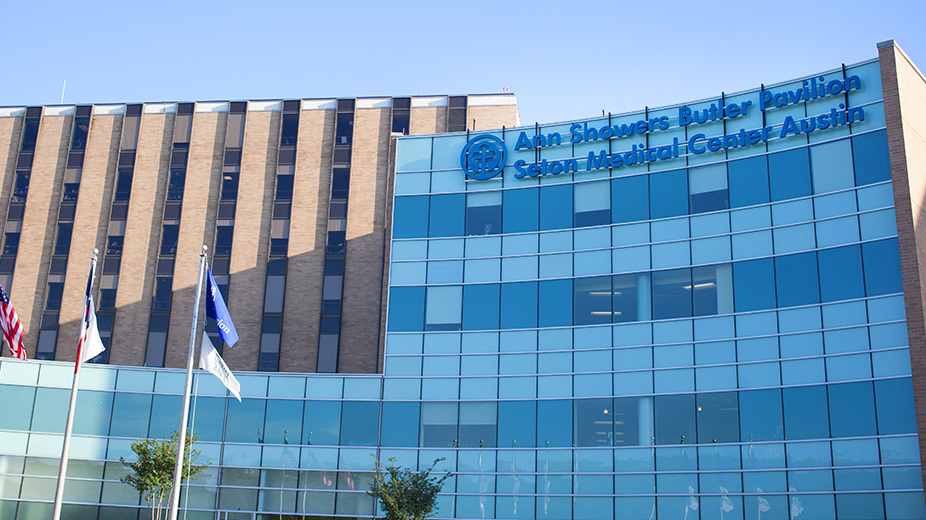
Ascension Seton Medical Center Austin, the area’s largest medical-surgical acute care center, is a Joint Commission–accredited part of the Ascension Seton Family of Hospitals.
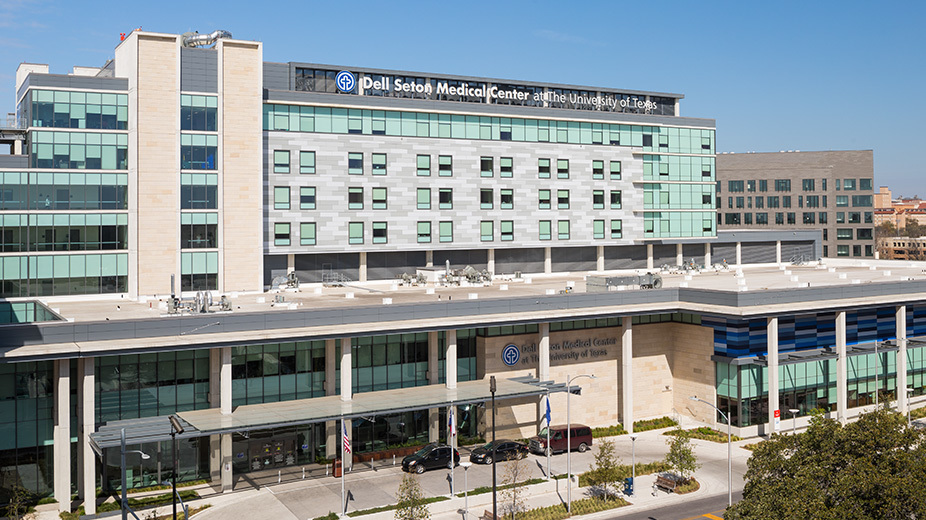
Dell Seton is the program’s primary inpatient teaching facility. The modern, 211-bed hospital serves as the Austin-Area Comprehensive Stroke Center. In addition to stroke certification, it offers a Level IV epilepsy monitoring unit. Dell Seton Medical Center has Austin’s first neurological intensive care unit. Residents rotate through this hospital during their intern year, as well as during their neurology residency on the inpatient neurology primary teams and on the neuro intensive care unit team.
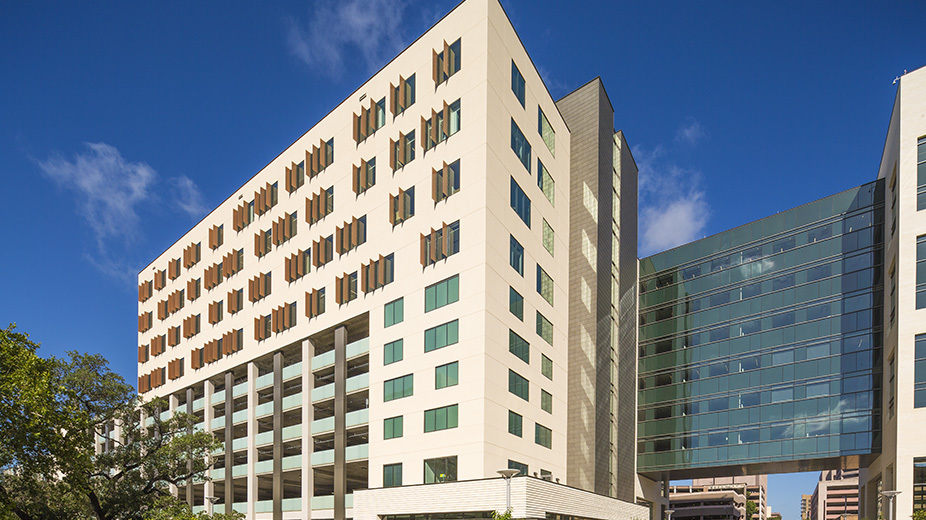
The Health Transformation Building is home to the residency continuity clinic, where residents follow their own panel of patients from PGY-2 through PGY-4. Residents also have the opportunity to rotate through the UT Health Austin neurology clinics within the Mulva Clinic for the Neurosciences. The Seton Infusion Center is also in the HTB, which allows for many neurology patients who require outpatient infusions to receive treatment there.
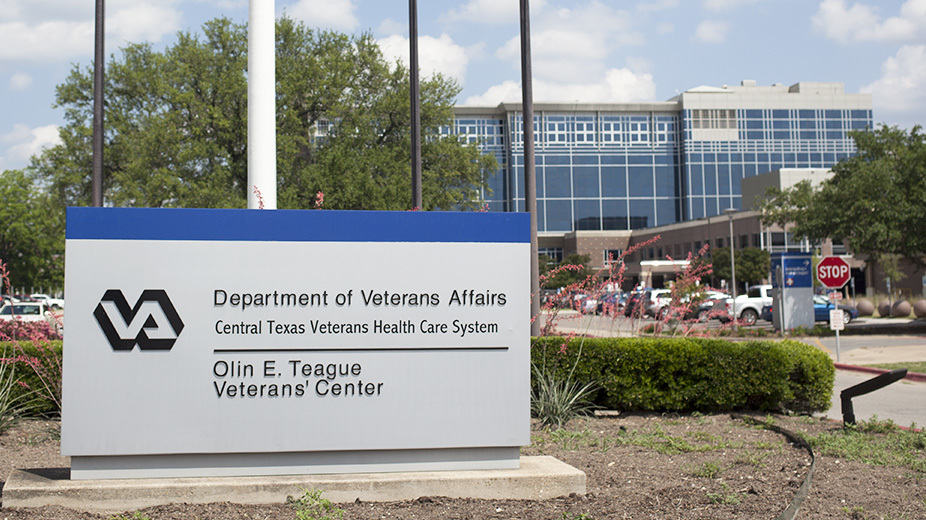
Residents provide care in the outpatient clinic that serves veterans in Austin and surrounding areas. Residents rotate during PGY-2 at the VA, where they learn the fundamentals of outpatient neurology. Here, residents build the knowledge base necessary to succeed in the general neurology clinic. In addition to learning the foundations of outpatient neurology, residents learn to administer botulinum toxin for migraine and perform electromyogram and nerve conduction studies.
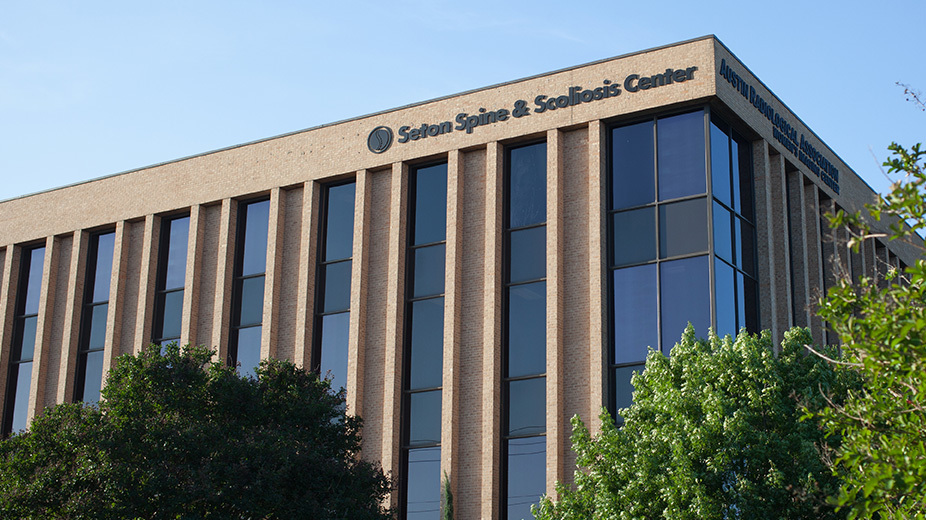
Residents complete outpatient rotations as part of this comprehensive program with an array of neurologists with different subspecialities, including epileptologists, clinical neurophysiologists and movement disorder specialists. Here, residents have the opportunity to hone their EMG/NCV skills alongside fellowship-trained neurologists and additional common outpatient neurology procedures such as botulinum toxin injections. Residents also have the opportunity to work in the resident continuity clinic at this location.
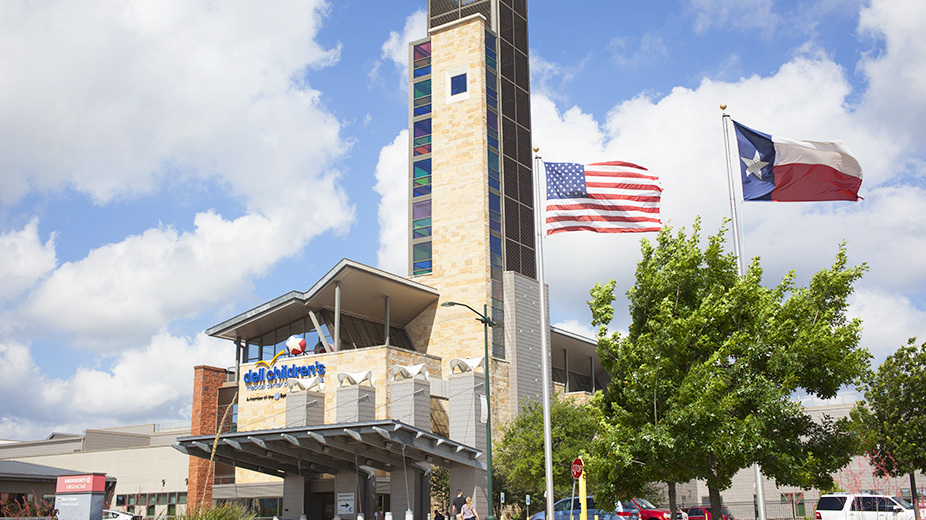
Dell Children’s is the only dedicated freestanding pediatric hospital in the 46-county Central Texas region. It features a Level I trauma center, pediatric ICU, cardiac ICU, Level IV NICU and comprehensive epilepsy monitoring unit. The hospital and Dell Med created the Texas Center for Pediatric Neuroscience to be housed in a new building adjacent to the hospital and staffed entirely by Dell Med child neurology and pediatric neurosurgery faculty members. The center features multidisciplinary programs for individuals with epilepsy, headache, autism, stroke and other neurological disorders. Outpatient sessions are held in an outpatient building adjacent to the hospital or in nearby practice locations.
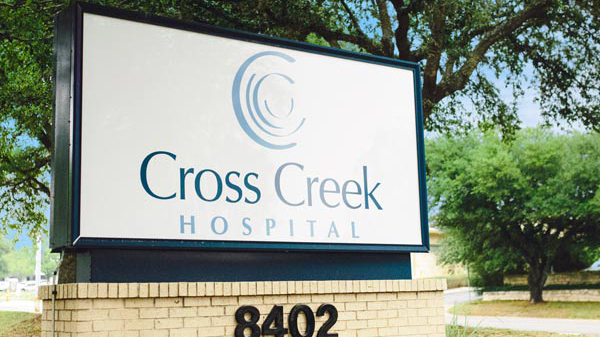
Residents rotate at Cross Creek Hospital, providing inpatient services including intensive psychiatric stabilization for patients dealing with emotional crises, depression and drug or alcohol dependence.
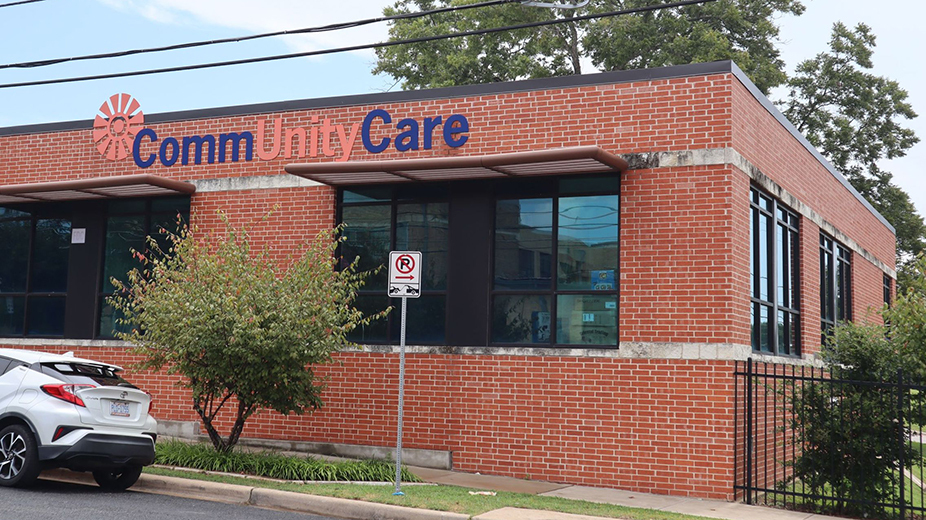
The residency offers a continuity clinic location with CommUnityCare, an organization dedicated to helping underserved residents of Austin gain access to health care. This clinic is embedded in the primary care setting in historic East Austin.
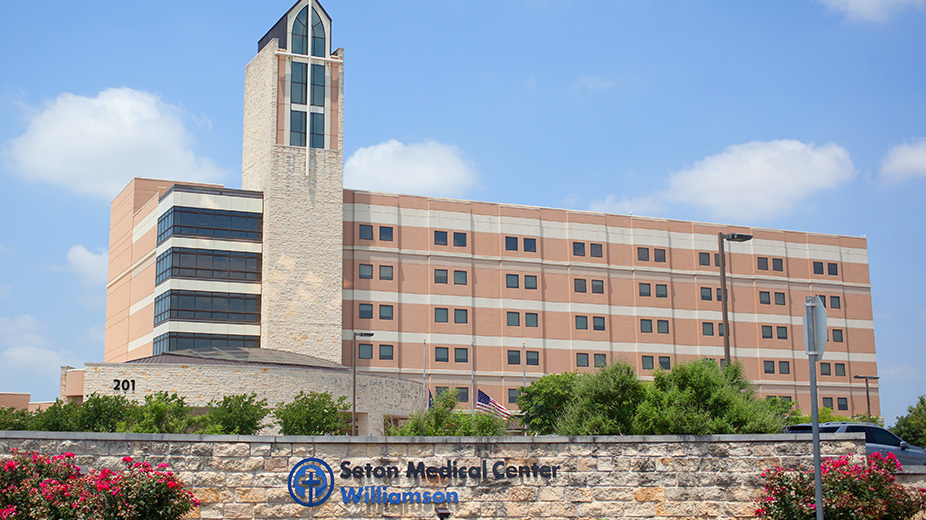
Residents rotate at these general neurology clinics located in the communities just to the north and south of Austin to grow their skills in general neurology and clinical neurophysiology in a community setting.